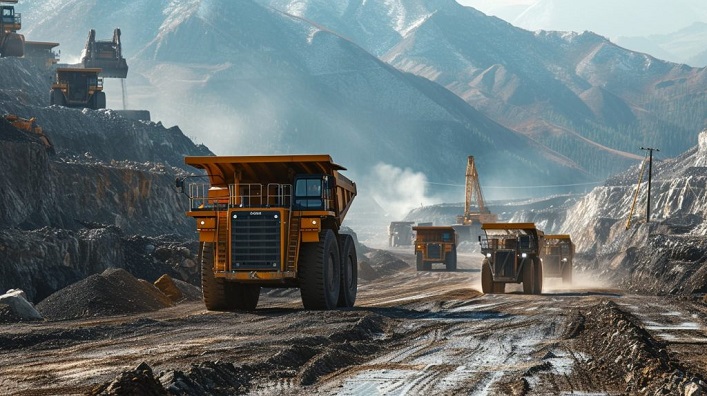The returns from the Ukraine-US mineral deal are likely to emerge in 10 years or more, because investors will encounter specific challenges in implementing projects connected with it. The development of strategically vital minerals in countries with established mining sectors, such as Canada and Australia, often spans 10 to 20 years.
In contrast, many Ukrainian deposits remain relatively unexplored. Prior to the full-scale invasion, Ukraine was in no rush to issue new mining licenses. From 2012 to 2020, around 20 licenses were granted for oil and gas extraction, one for graphite, one for gold, two for manganese, and one for copper. In total, there are 3,482 active licenses in Ukraine, with 7 out of 24 potential mining projects located in territories occupied by Russia. These projects include the extraction of lithium, graphite, rare earth minerals, nickel, and manganese.
The new bill submitted for ratification proposes channeling revenue from the use of natural resources into a special fund within Ukraine’s state budget for further allocation to the US-Ukraine Reconstruction Investment Fund. Revenue sources will include: 50% of the fees from new special permits for subsoil use, 50% of the funds from the sale of new special permits, and 50% of the revenue from the sale of state-owned products. Withdrawals from the investment fund will be dedicated to infrastructure restoration projects related to post-war reconstruction.
